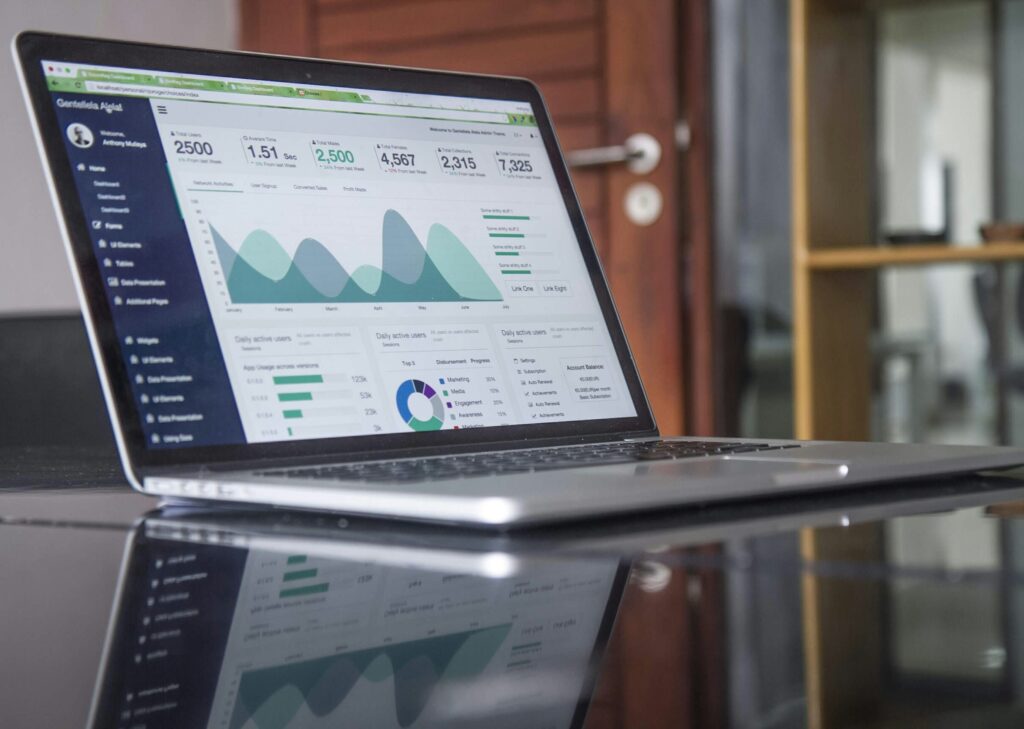
Understanding Depreciation: A Guide for Business Owners

When you acquire assets for your business—whether it’s office equipment, machinery, or even vehicles—you’re essentially investing in property that will help generate income over time. These assets, however, don’t retain their full value indefinitely. Depreciation is a way to account for the gradual decline in an asset’s value as it ages and is used. It allows business owners to spread the cost of the asset over its useful life, providing a tax benefit while also giving a more accurate picture of the asset’s diminishing value.
This article will give you an overview of depreciation, the different methods businesses can use to calculate it, and important considerations for tax planning.
What Is Depreciation and Why Is It Important?
Depreciation is an accounting process that enables you to deduct a portion of an asset’s cost each year, reflecting its reduction in value over time. It’s crucial because it not only helps lower taxable income but also assists businesses in planning for future replacements of their equipment and assets. For example, if your company relies heavily on machinery, depreciation helps you budget for when it will need to be replaced.
The IRS outlines rules and guidelines for how to calculate depreciation, and these guidelines are detailed in IRS Publication 946. While you may want to consult the full guide, here’s a breakdown of the basics most applicable to business owners.
Depreciation Categories and Useful Life
Assets are classified into specific categories based on their type, and each category has a designated useful life for depreciation purposes. The following are some of the common categories:
- 3-year property: Heavy machinery like tractors, certain manufacturing tools, and livestock.
- 5-year property: Items such as computers, office equipment, cars, trucks, and construction-related assets.
- 7-year property: Office furniture, appliances, and similar items.
Understanding these categories is important because they directly impact how long you’ll be able to depreciate the asset and how much you can deduct each year.
Methods for Depreciating Business Assets
There are several methods for calculating depreciation, each with its own advantages and use cases. The three primary methods are:
1. Straight-Line Depreciation
This is the most straightforward method, where you spread the depreciation evenly across the asset’s useful life. For example, if you buy a machine for $10,000 with a useful life of 5 years, you’d depreciate it by $2,000 each year. This method is best when you expect your business income to grow steadily over time, allowing you to take consistent deductions each year.
2. Accelerated Depreciation
Unlike straight-line depreciation, accelerated depreciation allows you to take larger deductions in the earlier years of the asset’s life, with smaller deductions in later years. The Modified Accelerated Cost Recovery System (MACRS) is the most widely used method under this category, offering faster tax relief in the initial years of an asset’s life. This method can be beneficial if you want to reduce taxable income early on, especially if you expect high revenue in the short term.
3. Section 179 Deduction
Under Section 179, you can deduct the entire cost of an asset in the year it’s purchased and put into use, up to certain limits. This is particularly useful for smaller businesses or those making large capital investments. However, there are limitations: the asset must be tangible property (not real estate), and the deduction can’t exceed your annual income. Section 179 is often used in combination with other depreciation methods for maximum tax savings.
Bonus Depreciation: A Special Consideration
In addition to the standard depreciation methods, businesses may be eligible for a bonus depreciation allowance. This allows you to take a 100% deduction of the cost of qualifying assets in the year of purchase. However, this option is available only for assets acquired after September 27, 2017, and before January 1, 2023. Starting in 2024, the bonus depreciation rate drops to 60%, and it will continue to decrease by 20 percentage points each year until it’s phased out in 2027.
Bonus depreciation is primarily aimed at encouraging businesses to invest in new equipment. It applies to a wide range of items, including both new and used machinery, vehicles, off-the-shelf software, and more. However, not all states follow federal guidelines on bonus depreciation, so it’s important to check state-specific rules during tax planning.
Key Considerations for Business Owners
When deciding on the best depreciation method for your business, there are a few factors to consider:
- Tax Planning: Choose a method that aligns with your tax strategy. For example, if you expect significant profits in the future, straight-line depreciation may be beneficial. If you need immediate tax relief, accelerated depreciation or Section 179 might be the right fit.
- Asset Type: Some assets are eligible for different depreciation methods, so make sure you understand the classification and rules that apply to your specific assets.
- Future Replacement Costs: Depreciation also serves as a budgeting tool, helping you plan for when you’ll need to replace your assets. A well-maintained depreciation schedule can assist in forecasting future capital expenses.
Consult with a Professional
Because depreciation involves complex rules that impact your financial statements and tax returns, it’s always wise to consult with a tax advisor or accountant who can guide you through the process. They can help you determine the most advantageous depreciation strategy for your business and ensure you comply with IRS guidelines.
Conclusion
Depreciation is a crucial element of managing business assets and planning for the future. By understanding the different methods for calculating depreciation, from straight-line to accelerated depreciation and Section 179 deductions, business owners can optimize their tax savings and plan more effectively for asset replacement. Keep in mind that while federal rules are fairly straightforward, state-specific depreciation laws can differ, so always include a tax professional in your planning process to ensure you’re making the most informed decisions for your business.



